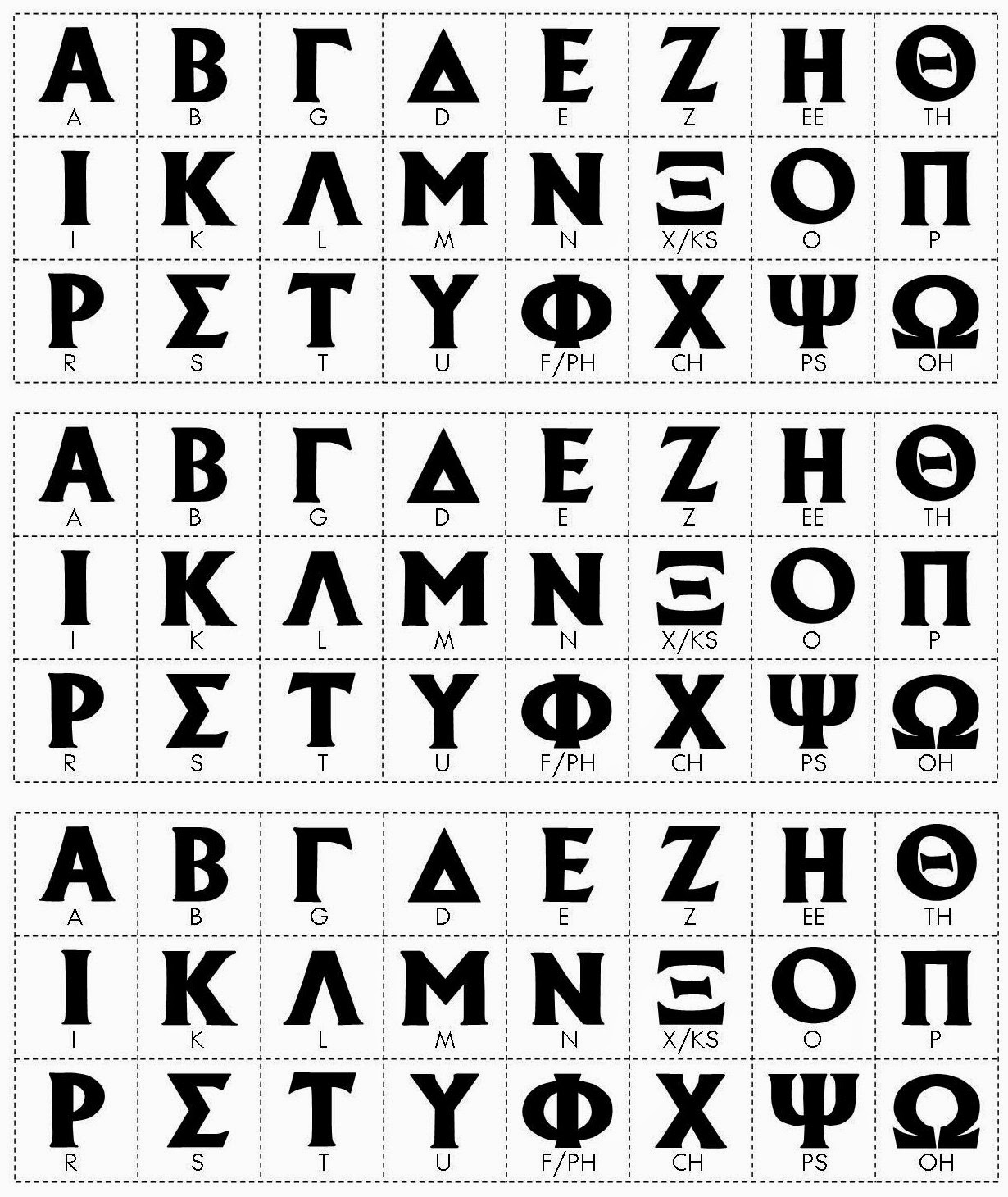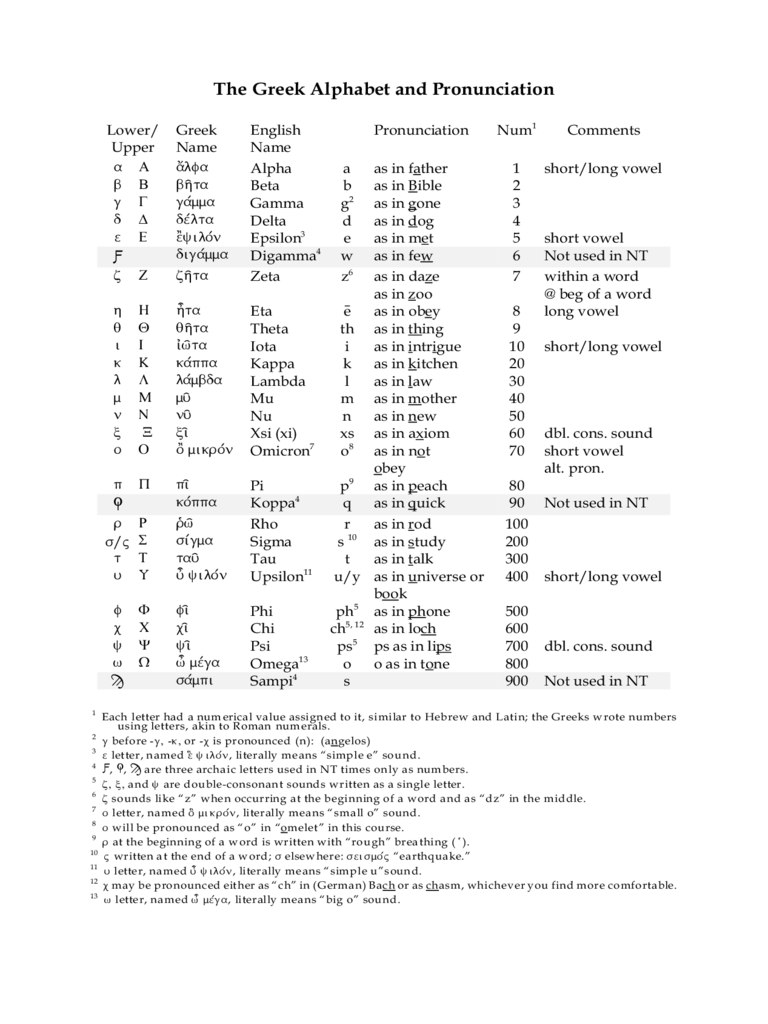What’s good, people? Today we’re gonna talk about something that’s been around for thousands of years: the Greek alphabet. Yeah, I know what you’re thinking, “What does that have to do with us?” Well, turns out that Greek culture and language have had a huge impact on the world we live in today.
Alpha Who?
 Let’s start from the beginning. The Greek alphabet has 24 letters, and the first one is Alpha (Α α). You’ve probably seen it before, maybe in math equations or scientific formulas. Alpha represents the first of something, the beginning, the origin. And it’s not just a letter, it’s also a word in Greek that means “the first”. Pretty cool, huh?
Let’s start from the beginning. The Greek alphabet has 24 letters, and the first one is Alpha (Α α). You’ve probably seen it before, maybe in math equations or scientific formulas. Alpha represents the first of something, the beginning, the origin. And it’s not just a letter, it’s also a word in Greek that means “the first”. Pretty cool, huh?
The Power of Greek
 Okay, so maybe you’re still not convinced that the Greek alphabet is worth talking about. But did you know that the English language has borrowed a ton of words from Greek? Words like democracy, philosophy, theater, and many more. And all those words come with their own Greek root words that have their own meanings and connotations.
Okay, so maybe you’re still not convinced that the Greek alphabet is worth talking about. But did you know that the English language has borrowed a ton of words from Greek? Words like democracy, philosophy, theater, and many more. And all those words come with their own Greek root words that have their own meanings and connotations.
So, knowing the Greek alphabet can actually help you understand English better and expand your vocabulary. Plus, it’s always impressive to know random facts like that.
Cheat Sheet
 But let’s be real, learning a new alphabet can be intimidating. That’s why we’ve got a cheat sheet for you. This handy-dandy chart breaks down all 24 letters, their uppercase and lowercase forms, how to pronounce them, and their English equivalents. Keep it somewhere you’ll see it often, and before you know it, you’ll be reading and writing in Greek like a pro.
But let’s be real, learning a new alphabet can be intimidating. That’s why we’ve got a cheat sheet for you. This handy-dandy chart breaks down all 24 letters, their uppercase and lowercase forms, how to pronounce them, and their English equivalents. Keep it somewhere you’ll see it often, and before you know it, you’ll be reading and writing in Greek like a pro.
More Than Meets the Eye
 And if you’re still not convinced about the power of the Greek alphabet, consider this: it’s not just used for language. The Greek letters have been adopted by the world of math and science to represent various concepts and formulas.
And if you’re still not convinced about the power of the Greek alphabet, consider this: it’s not just used for language. The Greek letters have been adopted by the world of math and science to represent various concepts and formulas.
For example, Delta (Δ δ) stands for change, or difference. You might have seen it used in equations for velocity, acceleration, or change in temperature. Or maybe you’ve come across Sigma (Σ σ), which means sum, and is used in formulas for things like standard deviation or probability.
So, yeah, the Greek alphabet is pretty versatile. And if you’re planning on pursuing a career in STEM (science, technology, engineering, math), it’s definitely worth knowing.
Hands-On Learning
 But enough with the theory, let’s get to the fun stuff. Learning the Greek alphabet doesn’t have to be boring. In fact, there are plenty of games and activities you can do to make it more engaging.
But enough with the theory, let’s get to the fun stuff. Learning the Greek alphabet doesn’t have to be boring. In fact, there are plenty of games and activities you can do to make it more engaging.
One of our favorites is the picture chart, which pairs each letter with a word and accompanying image. This is great for visual learners or kids who love to play memory games. Cut out the squares, mix them up, and try to match each letter to its corresponding picture. Bonus points for saying the Greek word out loud!
Comprehension Time
 And if you really want to test your knowledge of the Greek alphabet, try this reading comprehension activity. Print out the cutouts of each letter and their corresponding English word. Then, read the short paragraph and fill in the blanks with the correct letter.
And if you really want to test your knowledge of the Greek alphabet, try this reading comprehension activity. Print out the cutouts of each letter and their corresponding English word. Then, read the short paragraph and fill in the blanks with the correct letter.
Don’t worry if you get some wrong at first, it’s all part of the learning process. The more you practice, the easier it’ll get.
Fillable Form
 And because we’re all about making learning as accessible as possible, we’ve got a fillable PDF of the Greek alphabet chart. Just download it, type in the corresponding English words, and you’re ready to go. You can even save it and come back to it later if you need to.
And because we’re all about making learning as accessible as possible, we’ve got a fillable PDF of the Greek alphabet chart. Just download it, type in the corresponding English words, and you’re ready to go. You can even save it and come back to it later if you need to.
So, what are you waiting for? Get to know the Greek alphabet and unlock a whole world of language, culture, and knowledge.
More Resources
 Still hungry for more Greek alphabet knowledge? We’ve got you covered. Check out these printable worksheets with puzzles and games that will reinforce what you’ve learned and keep you engaged.
Still hungry for more Greek alphabet knowledge? We’ve got you covered. Check out these printable worksheets with puzzles and games that will reinforce what you’ve learned and keep you engaged.
Who knows, maybe one day you’ll be able to speak Greek fluently and impress all your friends. And hey, even if you don’t, at least you’ll know where a lot of English words come from.
Going Old School
 And if you’re a history buff, you might appreciate this last image. It’s the Greek alphabet from around 500 B.C., when the language was still in its early stages. It’s fascinating to see how the letters have evolved and how they’re still relevant today.
And if you’re a history buff, you might appreciate this last image. It’s the Greek alphabet from around 500 B.C., when the language was still in its early stages. It’s fascinating to see how the letters have evolved and how they’re still relevant today.
So, there you have it, folks. The Greek alphabet, from Alpha to Omega (Ω ω). Now go out there and spread some knowledge.